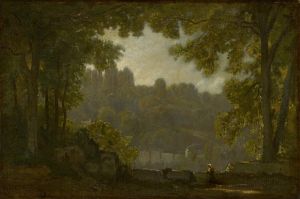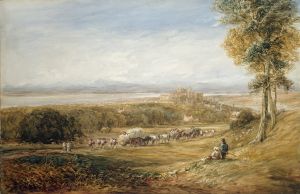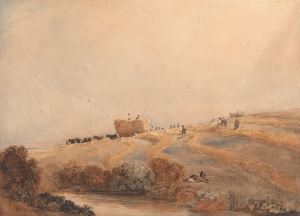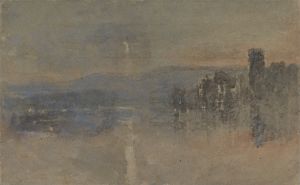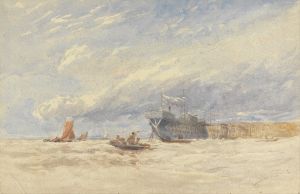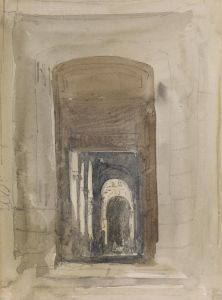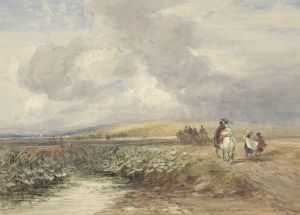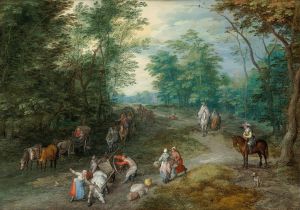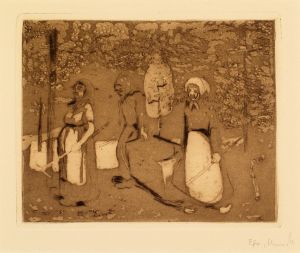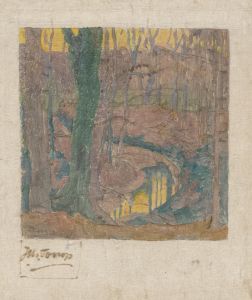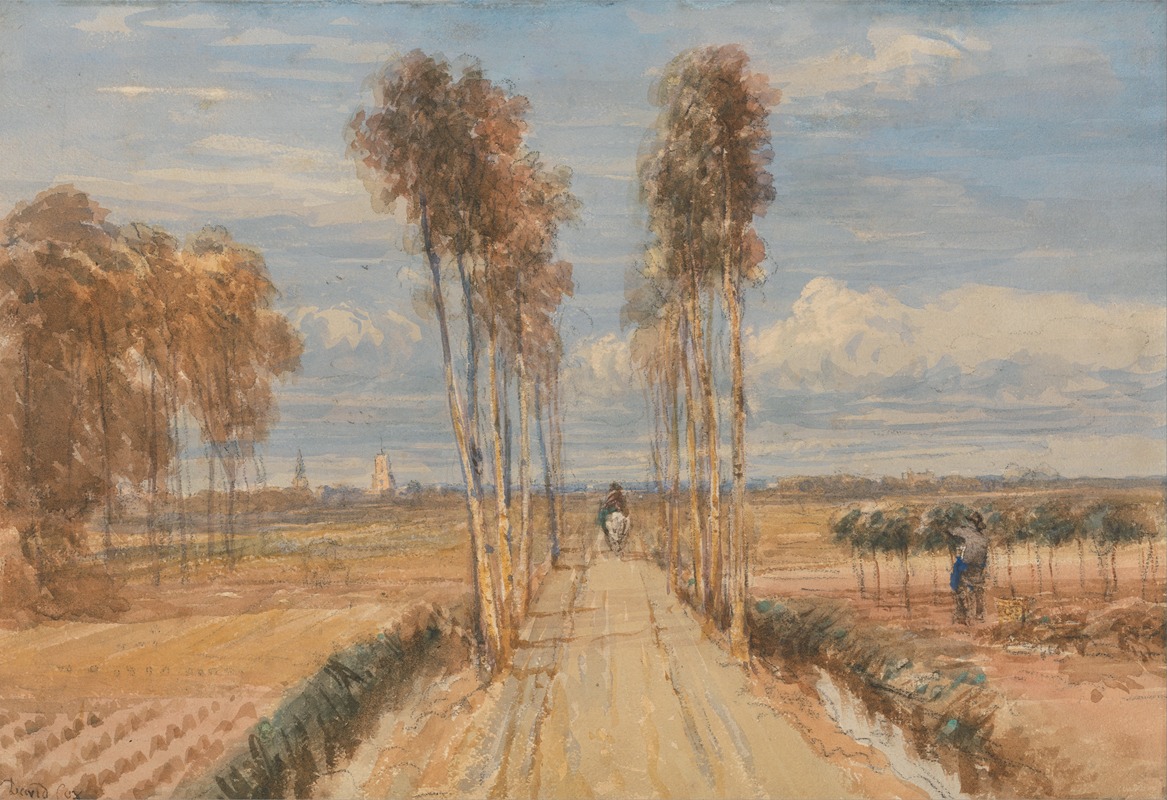
The Poplar Avenue, after Hobbema
A hand-painted replica of David Cox’s masterpiece The Poplar Avenue, after Hobbema, meticulously crafted by professional artists to capture the true essence of the original. Each piece is created with museum-quality canvas and rare mineral pigments, carefully painted by experienced artists with delicate brushstrokes and rich, layered colors to perfectly recreate the texture of the original artwork. Unlike machine-printed reproductions, this hand-painted version brings the painting to life, infused with the artist’s emotions and skill in every stroke. Whether for personal collection or home decoration, it instantly elevates the artistic atmosphere of any space.
David Cox, an influential English landscape painter, created "The Poplar Avenue, after Hobbema" in the 19th century. This painting reflects Cox's admiration for the Dutch Golden Age of painting, particularly the works of Meindert Hobbema, a renowned Dutch landscape artist. Hobbema was known for his detailed and atmospheric depictions of wooded landscapes, often featuring roads or paths leading into the distance, flanked by trees.
David Cox was born in 1783 in Birmingham, England, and became one of the leading figures in the development of English landscape painting. He was part of the Birmingham School of artists and was known for his innovative techniques in watercolor and oil painting. Cox's work is characterized by its loose brushwork and vibrant use of color, which contributed to the evolution of landscape painting during his time.
"The Poplar Avenue, after Hobbema" is a testament to Cox's ability to blend his style with the influences of earlier masters. The painting likely features a tree-lined avenue, a common motif in Hobbema's work, which Cox reinterpreted through his unique artistic lens. Cox's landscapes often capture the transient effects of light and weather, and this painting is no exception, showcasing his skill in rendering natural scenes with a sense of immediacy and atmosphere.
Cox's choice to create a work "after Hobbema" suggests a deliberate homage to the Dutch artist, reflecting the 19th-century British artists' admiration for the Dutch landscape tradition. This period saw a resurgence of interest in the works of Dutch masters, as British artists sought to emulate their techniques and adapt them to the English countryside.
Throughout his career, David Cox was highly regarded for his contributions to both watercolor and oil painting. He was a prolific artist and a respected teacher, influencing a generation of landscape painters. His works are celebrated for their spontaneity and freshness, qualities that are evident in "The Poplar Avenue, after Hobbema."
Cox's paintings are held in high esteem and can be found in major art collections, including the Tate Britain and the Victoria and Albert Museum in London. His legacy continues to be appreciated for its impact on the development of landscape painting in England, bridging the gap between the classical traditions of the 18th century and the more expressive approaches that emerged in the 19th century.
"The Poplar Avenue, after Hobbema" exemplifies Cox's ability to pay tribute to the past while simultaneously pushing the boundaries of landscape art. His work remains a significant part of the history of English painting, celebrated for its beauty, technical skill, and the artist's deep connection to the natural world.





